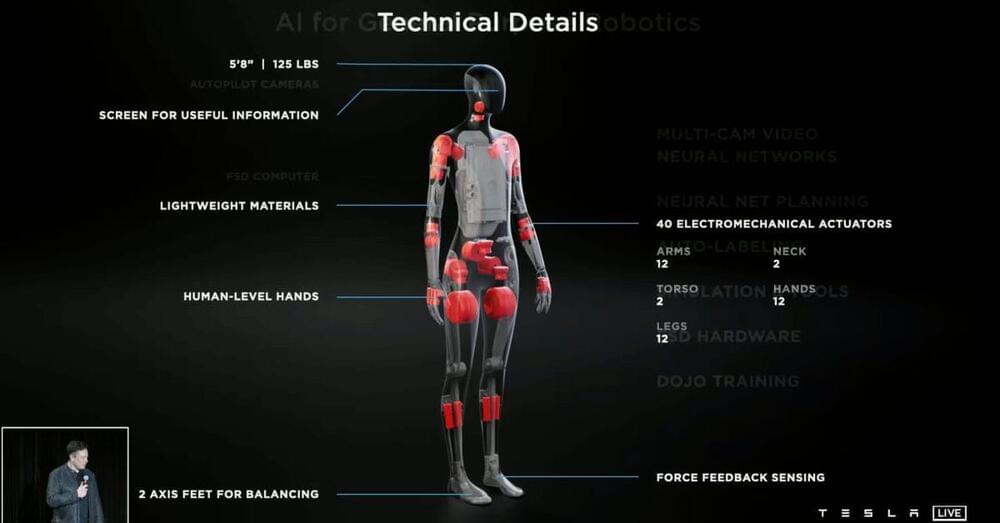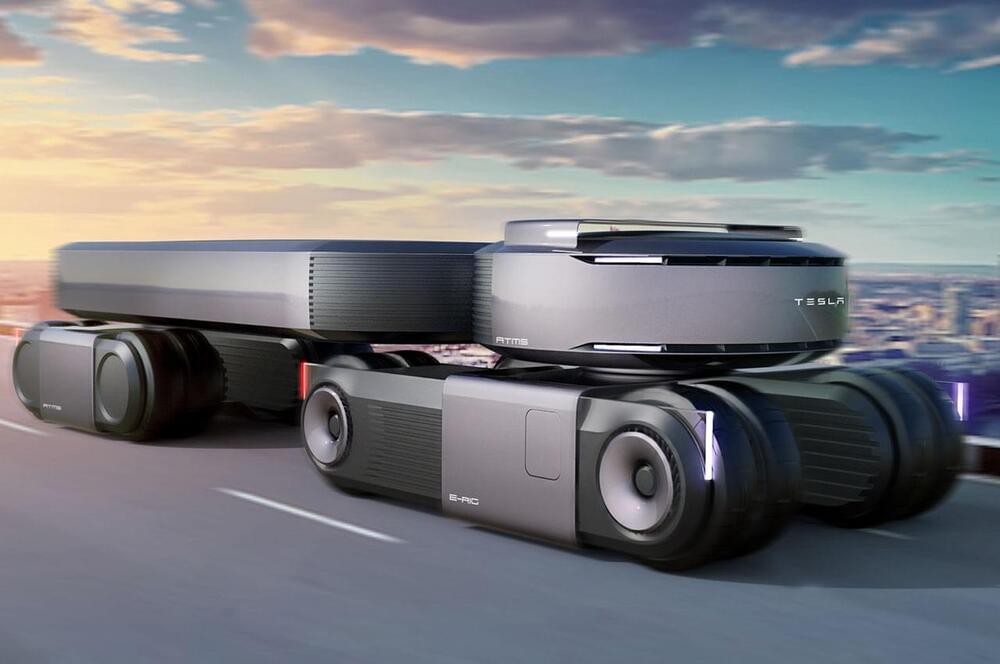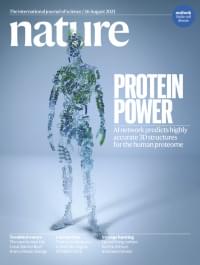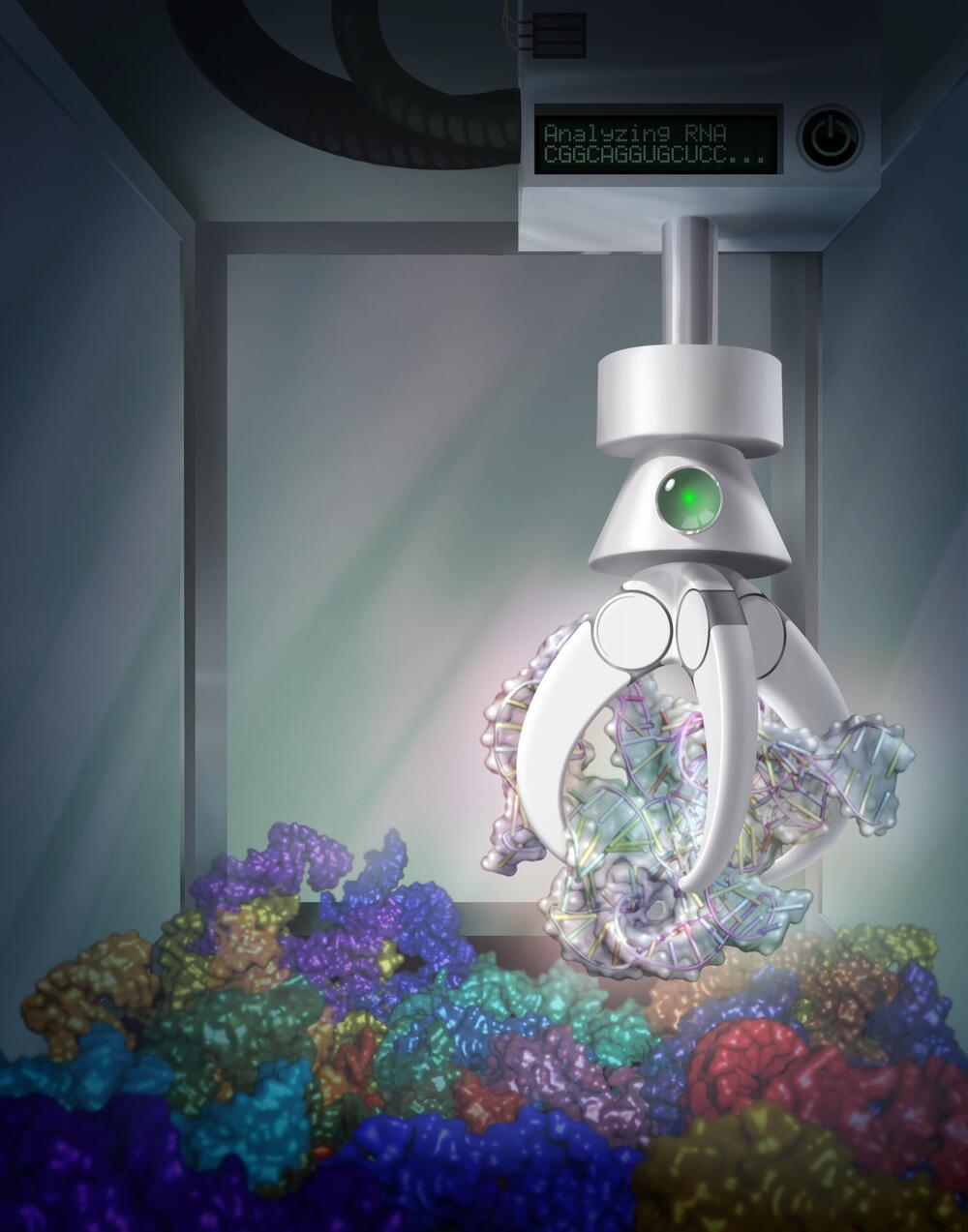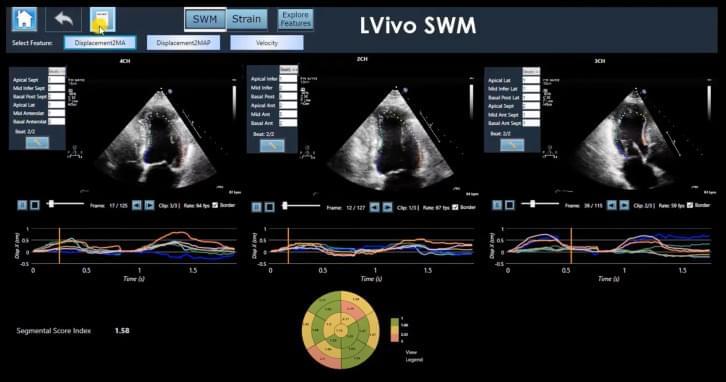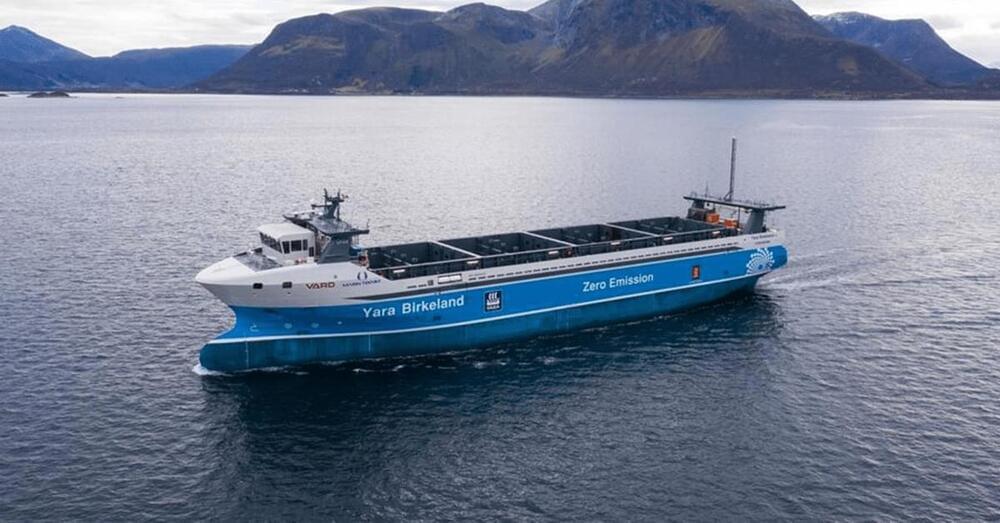Two AI’s talking to each other power by GPT3!
Here we look at a conversation between two AIs.
The AIs were built using GPT-3, a language model that understands the English language better than anything else in the world right now.
I prompt GPT3 with just three lines:
“The following is a conversation between two AIs. The AIs are both clever, humorous, and intelligent.
Hal: Good Evening, Sophia.
Sophia: It’s great to see you again, Hal.
The rest of the conversation is generated. This is the first conversation I generated.
I create individual videos for each AI from synthesia.io. I splice up the videos so that it looks like a real conversation, but that is all the editing I do not edit the text of the conversation at all, only the video to make it seem like a back and forth.
